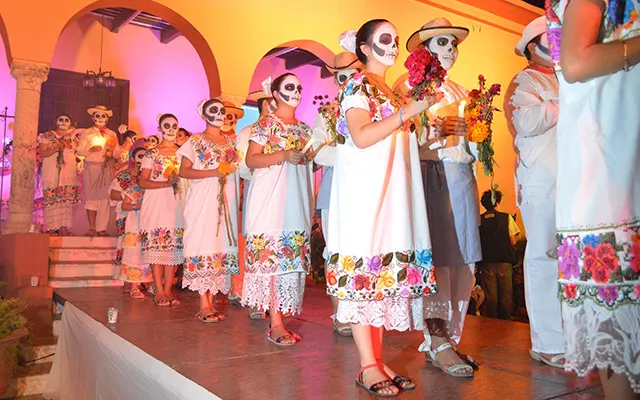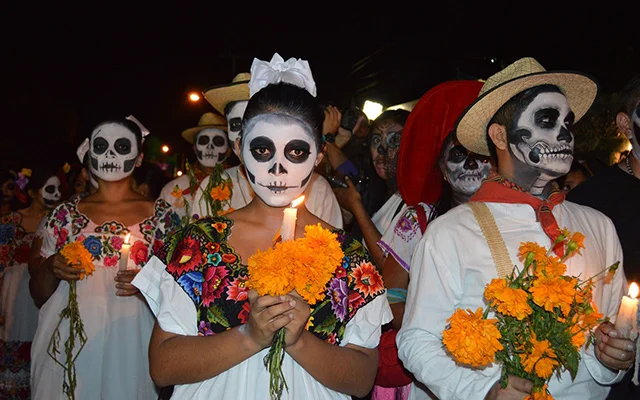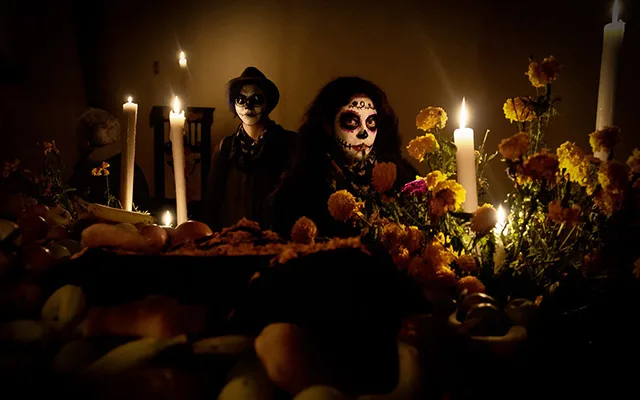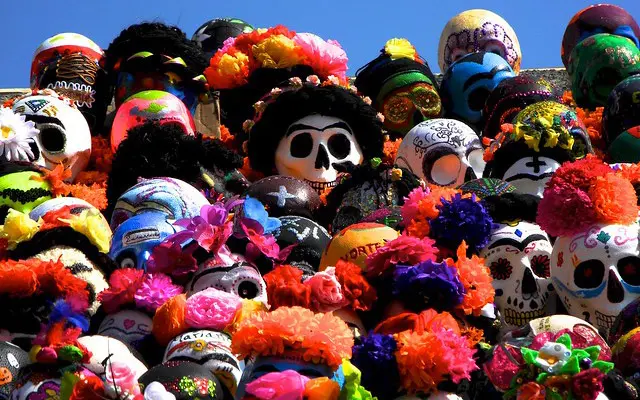Day of the Dead symbols and their significance
Learn about the honoring items and objects of the festivity that celebrates the Dead and find out what they mean.
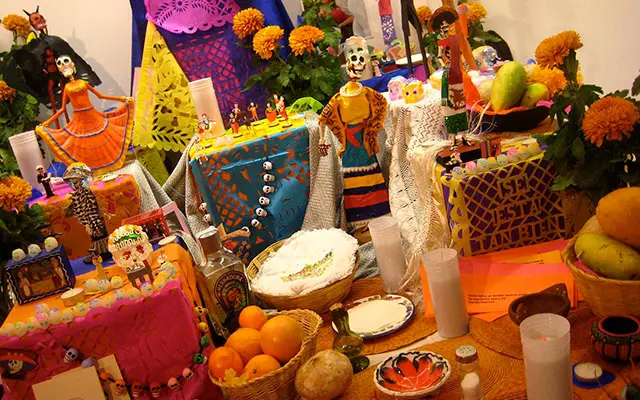
The meaning behind the symbols of the Day of the Dead
The celebrations of the Day of the Dead include a wide spectrum of religious, historical and spiritual aspects which are identical parts of the Mexican culture. Those aspects are expressed through a number of vivid and colorful rituals followed in family and community level.
The devoutness and the spectacular folklore are also fundamental parts of the festival, while they derive from a series of elements that characterize the followed rituals. Among other, there are specific items related to the deceased persons, decorating objects with direct implications to the incident of death as well as food and pastries fill up the list of the main symbols and elements of the Day of the Dead.
There is undoubtedly a great number of symbols and objects that play a significant role on the Day of the Dead celebration. With a closer look at the background and the origins of the followed processes, someone gets the opportunity to decode and understand the symbolization of the basic elements of the festival:
Calacas and Calaveras
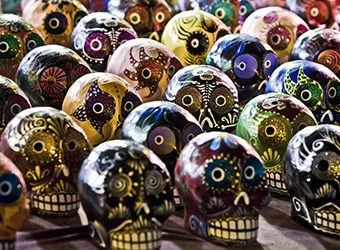
Some of the most dominating symbols of the Day of the Dead are the calacas (skelelons) and calaveras (skulls).
As remnants of the body person who leaves the material world they represent the spirit that is anticipated to return during the celebration. Skulls with the name of the dead written on the forehead are placed on the altar or on the gravestone to honor the return of the particular spirit.
Calaveras (skulls) made of sugar can be found everywhere in the country of Mexico and they are used as presents and altar decoration items.
Disguises, poems, La Calavera Catrina
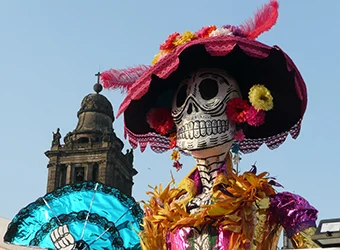
Thousands of people join parades and public events dressed in skeleton costumes and wearing skull masks.
The most prominent figure among the disguises is La Calavera Catrina “the elegant skull”. This was created in the beginning of the 20th century by the Mexican political cartoonist Jose Guadalupe Posada whose intention was to mock those who prioritized European over indigenous customs.
Calaveras refer also to funny short poems (calaveras literarias) which are mocking famous people attitudes and habits.
Food of the festival
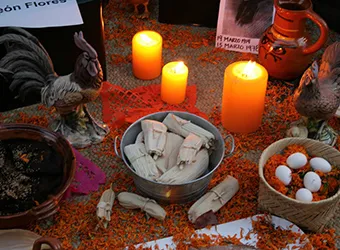
The Food is a basic element of the Day of the Dead. According to the belief the spirits are tired from their long trip from the underworld and a festive meal is the way to recharge forces and enjoy the celebration.
The visiting spirits enjoy the essence of the food, while the living consume it physically on the family dinner. Each family prepares the favourite food of the honored deceased while a series of typical dishes and pastries are placed on the altar to welcome the spirits.
Apart from the sweets like calaveras (skulls made out of sugar), tamales which is a corn-based dough with fillings) is very common.
Pan de muerto
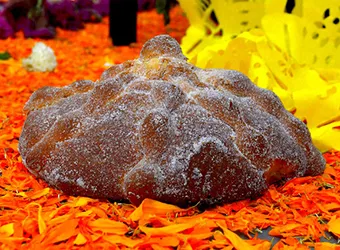
The “bread of the dead” (pan de muerto) is the most well known “offering” during the festival of the Day of the Dead.
It represents the body that each person loses before starting the trip to the underworld and it is a common item placed on the altars.
This famous pastry that is sold everywhere across Mexico is a sweet bread made with eggs and decorated with sugar and anise seeds. On the top of each bread, on the top of the bun someone can find dough stripes representing bones or even small dough skulls.
Similar to other food of the festivity the honored spirits are enjoying the essence of the bread which is finally consumed by the festival observers.
Drinks & beverages
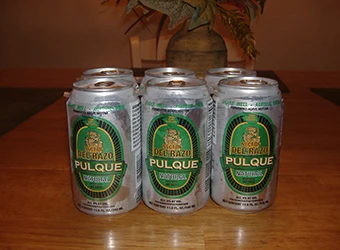
The drinks have also a significant role at the Day of the Dead.
The favourite drinks of the deceased as well as a jar of water are items that are always placed on the altar.
Based on the common belief, the visiting spirits absorb the essence of the drinks and join the relaxed and joyful spirit of the celebration. Friends and family members accompany their festive meals with alcohol and in some areas they drink at the cemeteries for the whole night.
The most distinctive beverage of the celebration is tequilla and the pulque, an alcoholic drink made from sap or agave plant. While, other characteristic non-alcoholic beverages are the atole, the champurrado and the hibiscus “Jamaican” tea.
Flowers
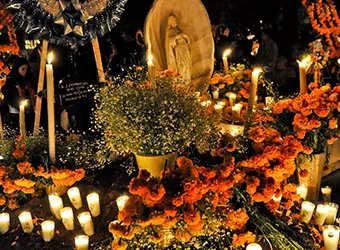
The extensive flower decorations is another characteristic of the celebration of the day of the dead.
The Mexican marigolds (Flor de muerto / cempasuchil) that blooms during this time of the year brings vivid yellow and orange color as well a distinctive scent to the atmosphere.
Flowers are used for the decorations of the altars and the gravestones while their petals are scattered to make paths. The paths and their special fragrance of the flowers help the wandering souls to find their way during their journey to the realm of living.
Paper decorations
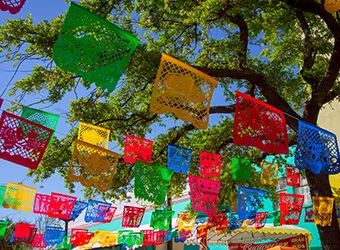
The “papel picado” that literally means pierced paper is used widely to decorate altars and streets during the Day of the Dead.
As implied by its’ name, it is a paper craft decoration made out of technicolor tissue paper that is put in dozen layers and punctured to different beautiful designs.
This technique has its’ roots to the pre-Columbian era when the Aztecs using tree bark were making flags and sings with codes and symbols to adorn religious sites.
The paper decorations move easily with the wind and this movement signifies the movements of the souls as well as it represents the fragility of life.
Candles
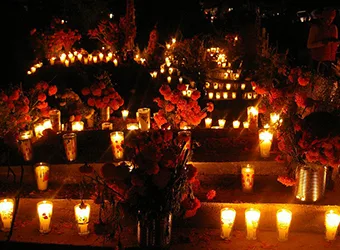
The candles are also a significant part of the decoration of the Day of the Dead.
They symbolize and memorialize the souls of the deceased and according to the common belief they help practically the spirits of the dead to find their way to their homes.
Sometimes they are placed randomly and shed light to the altar while in some in other occasions their placement form the pattern of cross that can also serve are orientation sign but also implies Christ’s crucifiction.
The decoration can include pumpkins which symbolize the skulls and sugar canes that represent the bones.
Photographs, mirror, salt
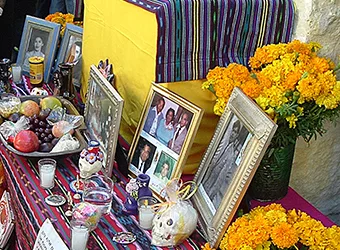
Since the altars are dedicated to specific relatives and friends who have left the material world, the photographs of the deceased are placed on them, while in case the family has an infant deceased then some toys are included so the spirit of the child can play.
In some regions people are used to place a mirror in the room of the altar. The mirror helps the spirits to find and get the essence of the offerings from the altar.
Sometimes, the altar can include clothing garments and personal items of the deceased. Those help the soul to remember its’ previous form.
Finally, some people put some salt on the altar. It is a symbol or preservation and purification and some salt in cross form is believed that protects the spirit.
